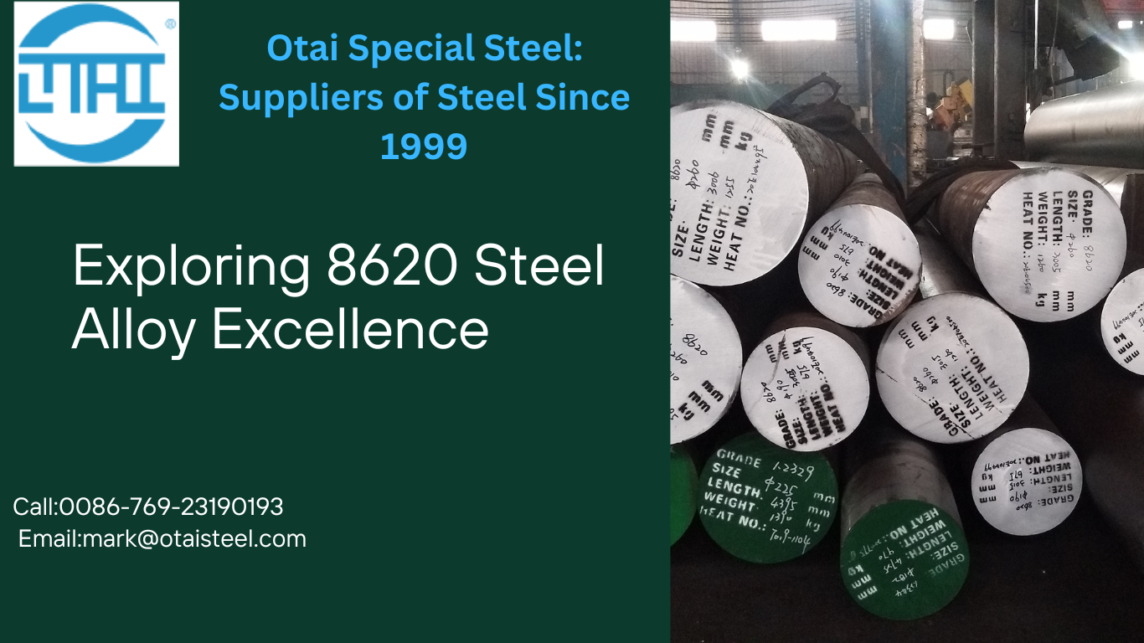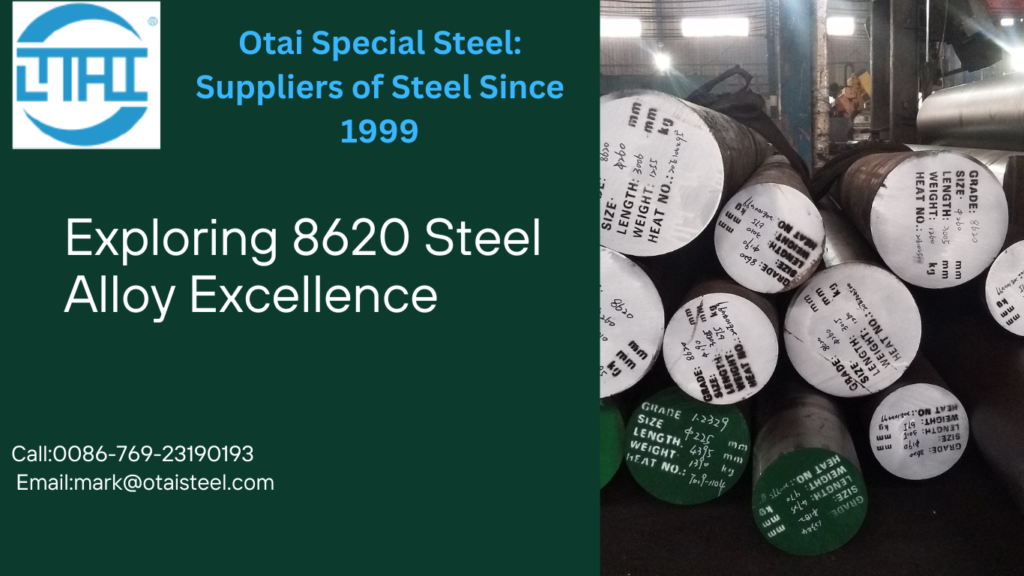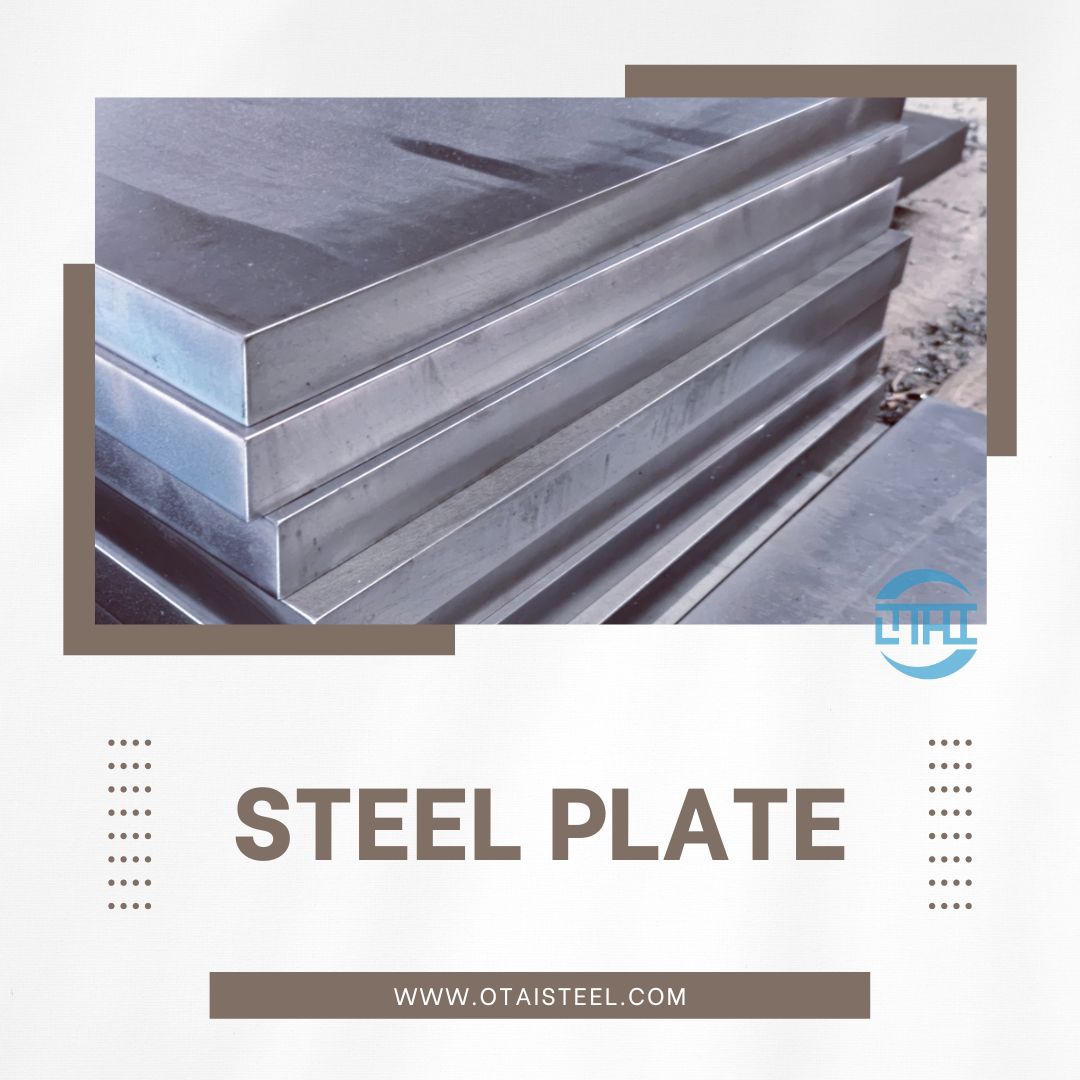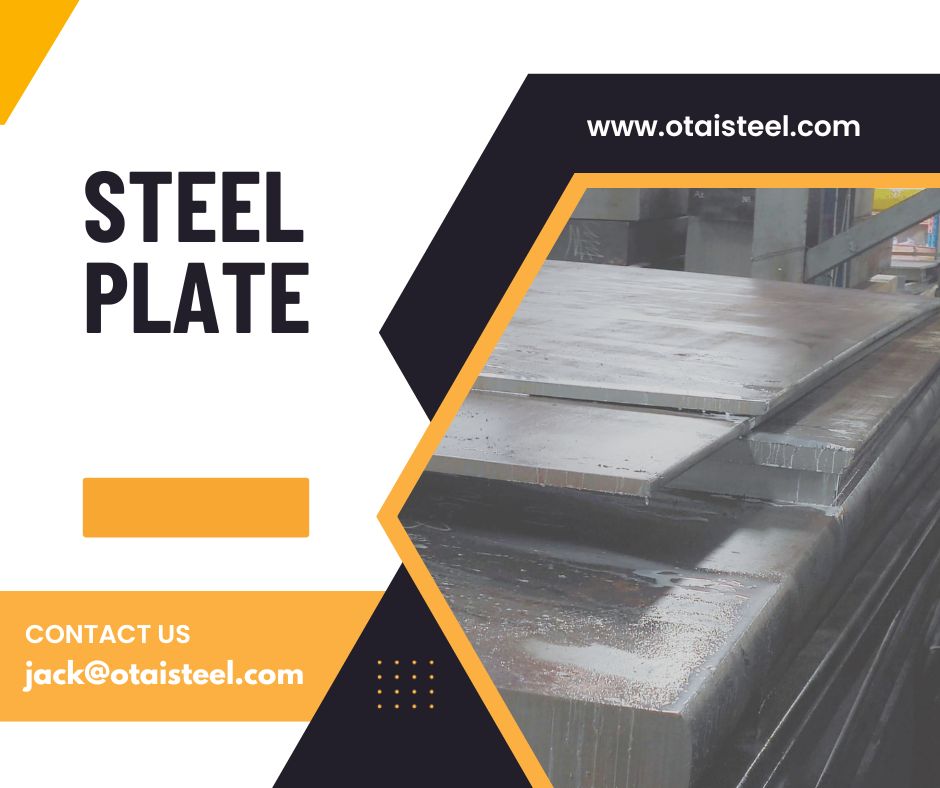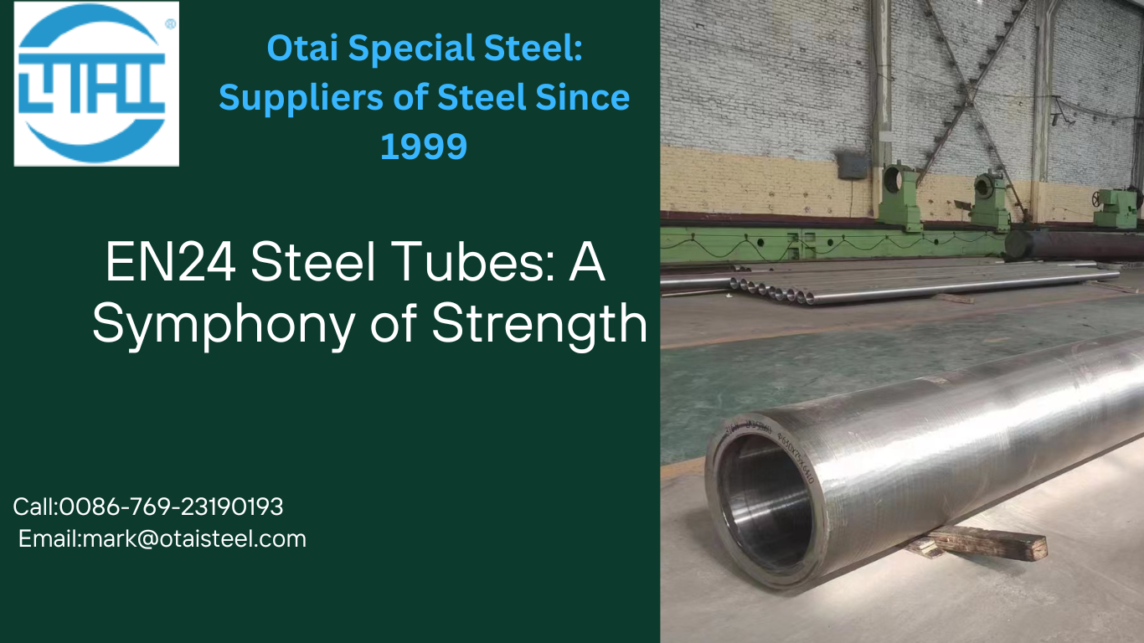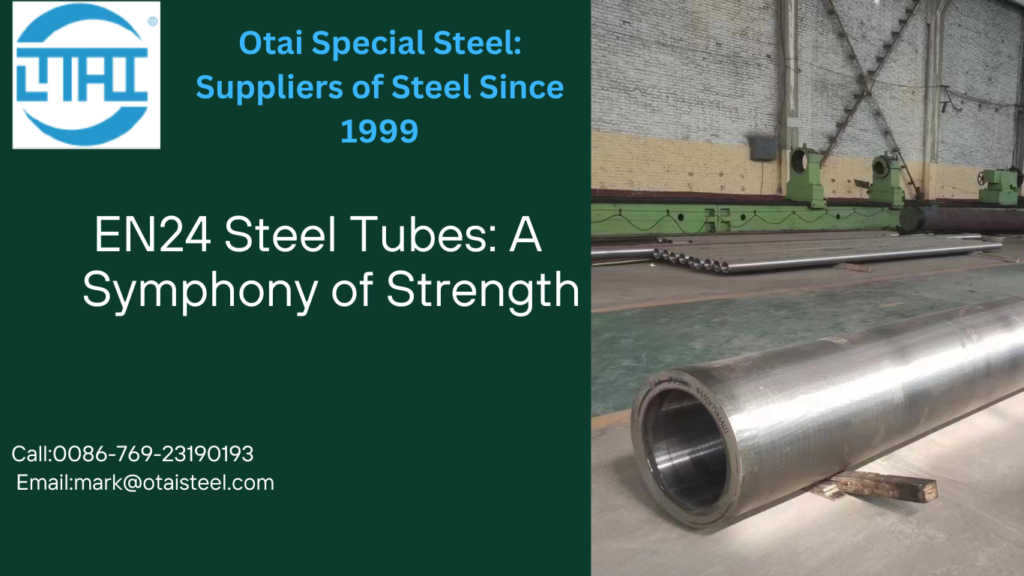steel type 1.2316-Elevate Your Projects with 1.2316 Steel
If you’re on the lookout for a versatile and durable steel grade, look no further than 1.2316 stainless steel. In this guide, we’ll delve into its standard, chemical composition, applications, sizes, pricing, and more. By the end, you’ll not only be well-versed in the intricacies of this remarkable steel but also equipped to find the best supplier for your needs.
Understanding 1.2316 Steel Composition
At the core of 1.2316 stainless steel‘s exceptional properties lies its unique composition. Comprising chromium, nickel, and molybdenum, this alloy exhibits remarkable corrosion resistance. Additionally, the inclusion of a high percentage of carbon ensures outstanding hardness and wear resistance, making it a top choice for various applications.
Standards That Define Excellence
1.2316 steel adheres to stringent industry standards, ensuring its quality and reliability. The DIN EN ISO 4957 standard outlines the specifications for tool steels, and 1.2316 falls within this category. This standardized classification guarantees that the material meets the necessary benchmarks for performance and durability.
Versatile Applications of 1.2316 Steel
The versatility of 1.2316 stainless steel extends to its wide range of applications. From precision molds and injection molding to medical instruments and food processing equipment, this steel grade’s adaptability is truly commendable. Its corrosion resistance and excellent polishability make it a preferred choice for industries where hygiene and precision are paramount.
Size Matters: Tailoring 1.2316 Steel to Your Needs
One of the key advantages of 1.2316 steel is its availability in various sizes, catering to diverse industrial requirements. Whether you need sheets, bars, or custom dimensions, the flexibility in sizing ensures that this steel seamlessly integrates into your specific project.
Navigating the Price Landscape
The cost of 1.2316 stainless steel is influenced by factors such as size, quantity, and supplier. While it’s essential to find a competitive price, quality should not be compromised. Investing in high-quality 1.2316 steel ensures longevity and performance, making it a cost-effective choice in the long run.
Sourcing the Best Supplier: A Critical Endeavor
Now that you’re acquainted with the virtues of 1.2316 steel, the next step is finding a reliable supplier. Look for companies with a proven track record, certifications, and positive customer feedback. Engage with potential suppliers to discuss your specific needs and evaluate their responsiveness and willingness to collaborate.
Unlocking the Potential: The Future of 1.2316 Steel
As industries evolve, so does the demand for advanced materials. 1.2316 stainless steel stands at the forefront of innovation, offering a combination of strength, corrosion resistance, and versatility. As technology advances, we can anticipate even more applications and refinements for this exceptional steel grade.
Conclusion: Elevate Your Projects with type 1.2316 Stainless Steel
In conclusion, 1.2316 steel is a game-changer in the world of stainless steel alloys. Its superior composition, adherence to standards, versatile applications, and availability in various sizes make it a sought-after material. Whether you’re in the automotive, medical, or manufacturing industry, integrating 1.2316 stainless steel into your projects is a decision that promises longevity and reliability.
FAQs About 1.2316 Stainless Steel
- What industries commonly use 1.2316 stainless steel?
- The versatility of 1.2316 steel makes it a popular choice in industries such as precision molding, injection molding, medical instrument manufacturing, and food processing.
- How does the DIN EN ISO 4957 standard ensure the quality of 1.2316 steel?
- The standard sets specifications for tool steels, ensuring that 1.2316 adheres to defined benchmarks for performance and durability.
- Can 1.2316 stainless steel be customized to specific dimensions?
- Yes, the flexibility in sizing allows for customization, catering to the unique requirements of different projects.
- What factors influence the price of 1.2316 steel?
- Size, quantity, and supplier reputation are key factors that influence the price of 1.2316 stainless steel.
- How can I ensure I’m choosing a reliable supplier for 1.2316 steel?
- Look for suppliers with a proven track record, industry certifications, and positive customer feedback. Engage with them to discuss your specific needs and assess their responsiveness.
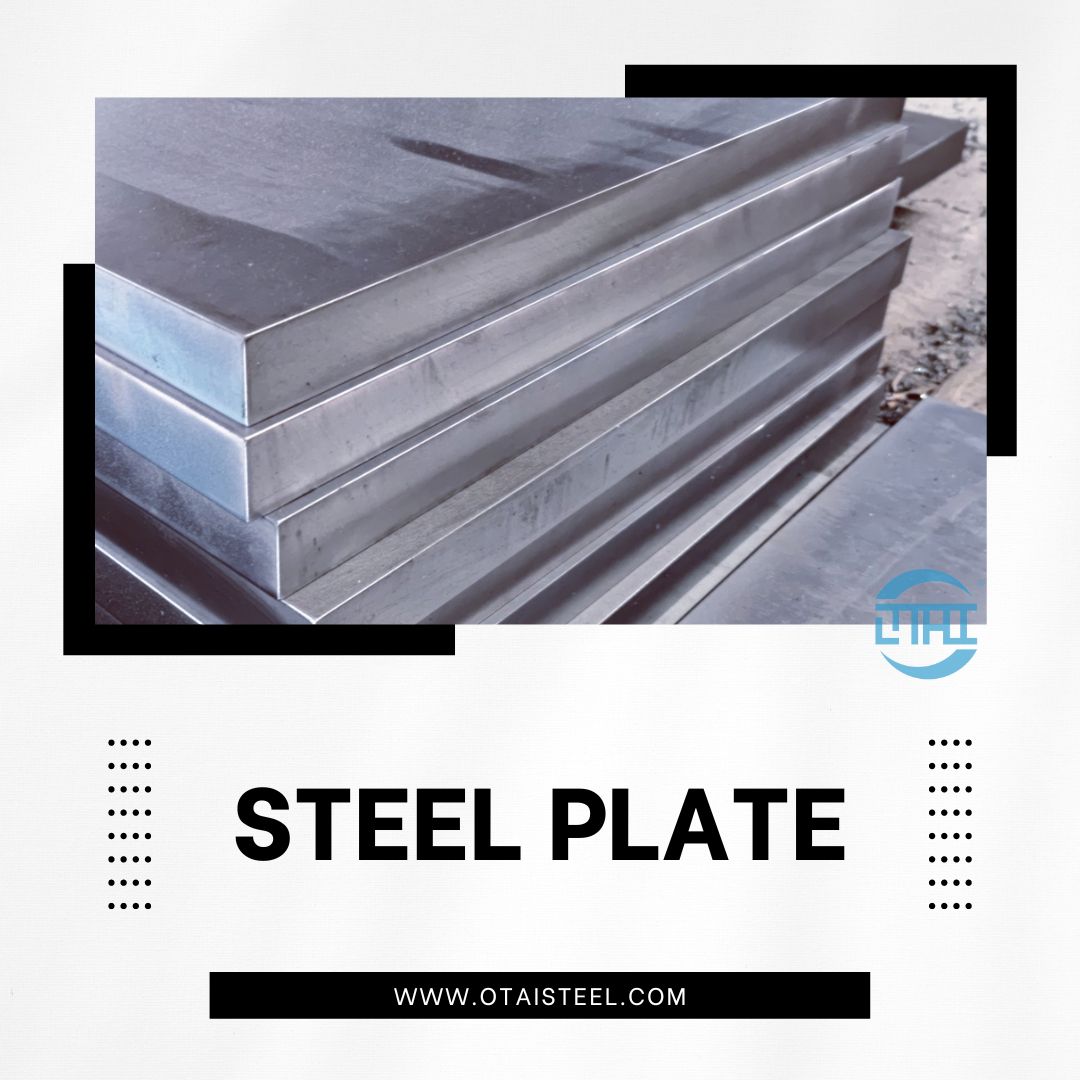 steel 1.2316 standard- A Comprehensive Guide
steel 1.2316 standard- A Comprehensive Guide